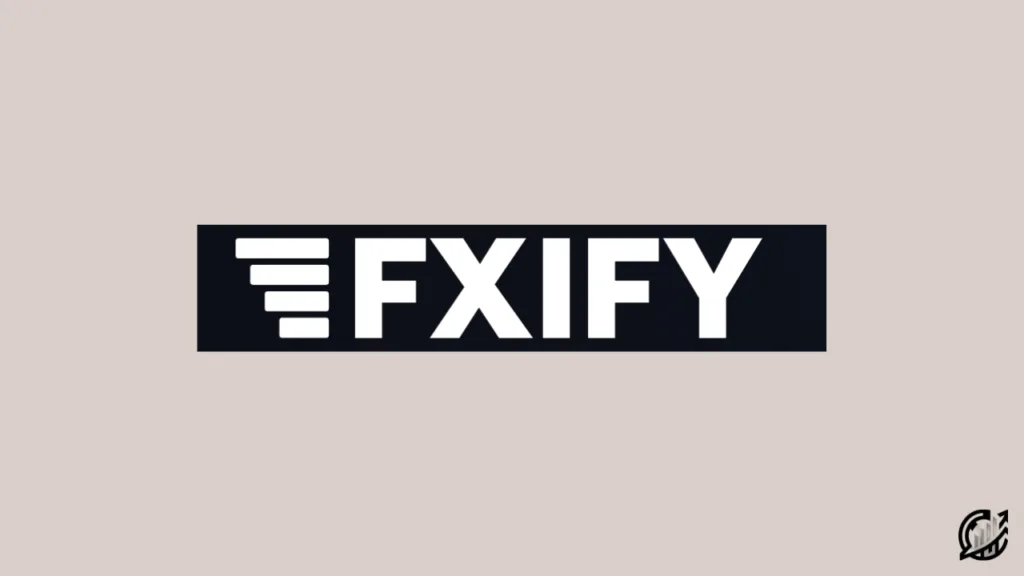Last Updated on November 24, 2025

Table of Contents
Apart from huge trading capital, their profit split and sharing model attract traders of different kinds. Prop firms share a decent of amount of a share of profits generated from a funded account. This attracts traders because there is no financial risk of their own capital.
This guide explores the understanding of prop split in profit sharing, different profit split models, how these profit split system works, and identifying the best profit- sharing model that align with your trading goals and style.
Understanding Profit Split and Sharing in Prop Trading
A profit split and sharing in prop firm trading is the division of profits between trader and the firm that provides the capital. Let’s suppose, if you make a profit of $10,000 in your trading account and your firm offer 80/10 split, you’ll receive $8,000. The prop firm keeps 20% as their share.
This is the split ratio, but it varies in different prop firms. Remember, it is not the only factor that attracts traders. Traders should also consider scaling program, payout frequency, withdrawal conditions, and flexible rules of funded firms.
Profit Split and Sharing Structure
There are different kinds of profit split models in prop firm industry. Their structure with the advancement in prop firm industry. The following are the most common trading models that you’ll se in today’s prop firm landscape:
80/20 Profit Sharing Model (Standard)
This is the traditional model used by many well-established prop-firms like FTMO and The Funded Trader (initially). The profit models change as the competition grew in prop firm industry. The company takes the 20% of the earned profit and share 80% with the trader. In FXIFY, they offer 80 percent performance reward in cryptocurrency trading account. Crypto prop firms usually offer 80% profit to their subscribed traders.
Well, prop firms with this profit split model usually accompanied by lenient trading rules and reliable payouts. It is suitable for traders who prioritize stability and long-term consistency.
As the competition grew in prop firm industry, this sharing model becomes their disadvantage. Such firms provide slightly smaller take home profit compared to newer firms. Trader who generates consistent monthly returns can feel limiting.
90/10 Profit Sharing Model (Balanced)
A 90/10 profit share is now the industry standard among competitive firms like FundedNext. Majority has adopted this profit-sharing model in order to maintain balance in competitive environment. With this trading model, company takes the 10% of the earned profit and share 90 percent with the trader.
There are multiple advantages that traders enjoy. Their higher payout percentage motivate them for consistent and disciplined trading. Such firms often provide bi-weekly or instant payout options.
There is chance that traders with 90% split may have stricter consistency rules and evaluation challenges. Along with that some firms have larger profits targets for payouts. Such firms are ideal for professional or semi-professional traders who value a good mix of high payouts and reliability.
95/5 Profit Sharing Model (Premium)
This model is unique in nature and offered by a few high-tier prop firms as a reward for proven consistency. This model is not available at the start of the evaluation. Well-known firms carrying this model include FundedNext’s Stellar Plan, The Funded Trader Knight Program, and E8 Funding Elite tiers.
Prop firms take the 5% of their earned revenue and share 95% with the traders. This helps traders maximize their earnings. It encourages long-term performance and firm loyalty. Some firm offers scaling options.
It is ideal for highly consistent traders who want to maximize profitability over time.
Why Profit Split Differs Among Prop Firms
One thing should be clear that not all profit splits are equal. As you know some prop firms offers 90% or even 95% payouts, other cap at 70% or 80%. These variations are not random; they are built into each firm’s risk model, funding process, and long-term sustainability goals.
Risk Policies and Capital Protection
Remember each prop firm operates with its own internal risk management policies. Firms that offer higher profit splits usually apply stricter evaluation criteria. Having tough evaluation process helps them protect firm’s capital while filtering out traders who rely on luck.
Conversely, prop firms that provide instant funding or simplified evaluation process tend to offer lower splits. The reason is that they are taking on greater risk by trusting traders more quickly.
Prop firms balance accessibility and risk management like two sides of the same coin.
Performance-Based Scaling
Many prop firms reward consistent profitable traders through their scaling plans. Instead of a fixed percentage, traders can start with a modest split like 75% and climb towards 90% or even higher as they hit growth milestones.
This approach benefits both sides. The firm gains confidence in a trader’s long-term stability, while the trader earns progressively more for displaying professionalism and patience.
Market and Asset Class Considerations
Profit-sharing can also differ based on the type of market or asset class being traded. Each market and asset class carries unique liquidity and volatility dynamics.
Forex-focused prop firms had offered around 80%. The reason was high liquidity, low spreads and scalable volume. Similarly, future-focused prop firms had offered around 90% profit split. Now the competitive environment has changed the situation completely.
In simple terms, the nature of the market dictates the reward structure.
Evaluation Complexity
The evaluation process in funded accounts itself plays a major role in deciding profit splits. Prop firms with multi-phase challenges like FTMO’s two-step model and FXIFY three-step challenges often provide higher splits, because only disciplined, skillful traders make it through.
Similarly, instant or one-step funding models come with smaller initial profit splits. In simple terms, we can say that evaluation structure equals risk filtration. Multi-step models act as a safeguard for both the trader and the firm.
Business Sustainability
Well-known and established firms with a solid funding base can afford generous payouts. Their profit engine runs on consistent trader performance, not just challenge fees.
Newer or smaller firms often operate on thinner margins and limited capital reserves. To remain solvent while scaling, they may temporarily lower splits until they stabilize their revenue streams and risk exposure.
Psychology Behind Profit Splits
Beginners often think that the higher the profit split, the better the deal. This is the general overview and that is not always true. There are hidden psychological impact of these profit-sharing structures.
A 95/5 split can motivate traders to perform at peak potential. However, beginner often exploit it and overtrade for faster profits. On the other hand, an 80/20 split rewards methodical, and risk-aware trading.
Choosing a Prop Firm with Right Profit Split
When choosing a prop firm, do not just chase the biggest number. Evaluate the firm using the following key points:
- The drawdown limit and profit target.
- Withdrawal time period.
- Are there hidden restrictions?
- Firm’s scaling plan.
- Transparent payout history.
The best prop firm profit split is not the highest one – it is the one that support your growth, psychology, and trading approach. If you’re new to prop trading, start with a balanced 80/20 or 90/10 model. Once you’ve proven consistency, aim for 95/5 elite tiers.
Final Thought
Profit splits are one of the defining features of any prop firm and choosing the right prop firm can immensely affect your long-term earnings. The real value of profit split lies in understanding the full structure. This includes evaluation difficulty, payout frequency, and consistency requirement.
There is a possibility that lower split with easier rules or better scaling can often yield higher real profits over time. Remember, the best profit split is the one that aligns with your trading style.
FAQs
What is a Profit Split in a Prop Firm Trading?
A profit split is the percentage of profits a prop firm offers to their traders when trading a funded account. The 80/20 split means that a trader keeps 80% of the profit while the firm keeps 20% as a fee for providing capital and infrastructure.
Which Prop Firms offer the highest profit splits?
Some firms offer extremely competitive splits like 90/10 or even 95/5. Prop firms like FundedNext, BrightFunded can certain instant funding programs provide some of the highest profit splits in the industry.
Is a higher Profit Split always better?
It can be but mostly high splits sometimes come with stricter rules, tougher challenges, or higher fees. A slightly lower profit split with easier trading conditions may lead to better consistency and higher long-term earnings.

I’m Aatiq Shah, a dedicated forex and crypto market practitioner with three years of hands-on experience. Currently, I’m working as a Financial Manager. My journey in the world of finance has equipped me with the skills and knowledge needed to navigate the complexities of the forex and crypto markets.





